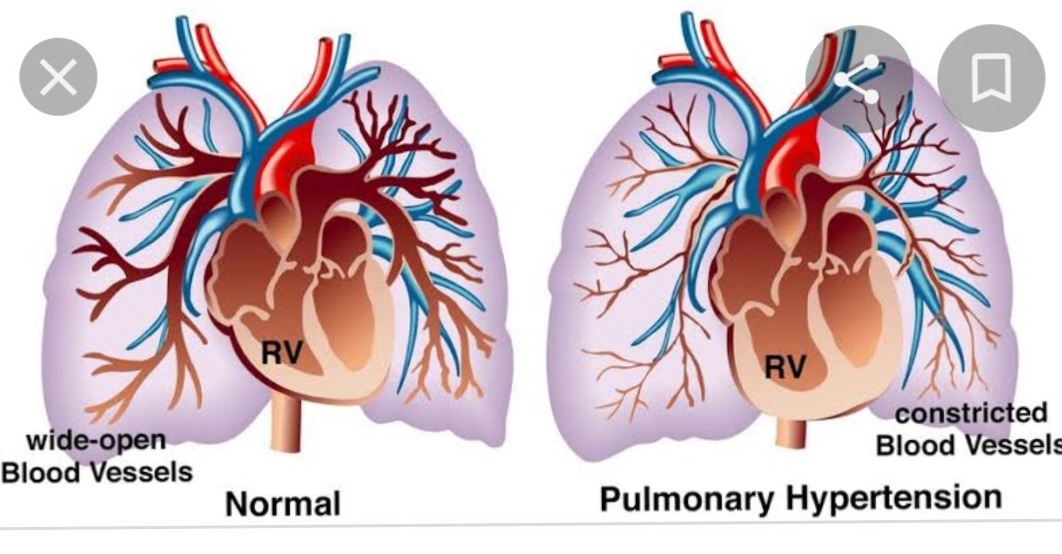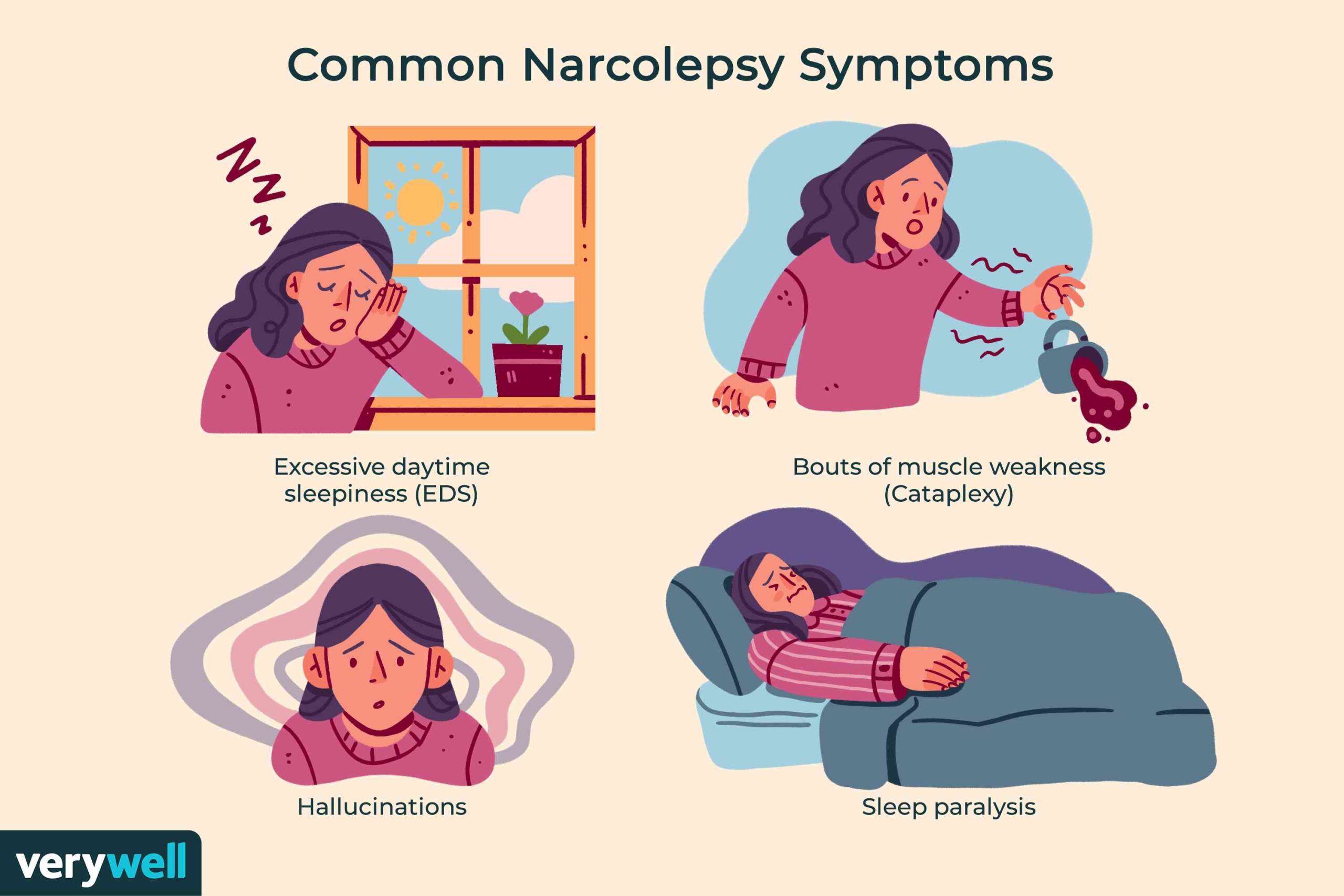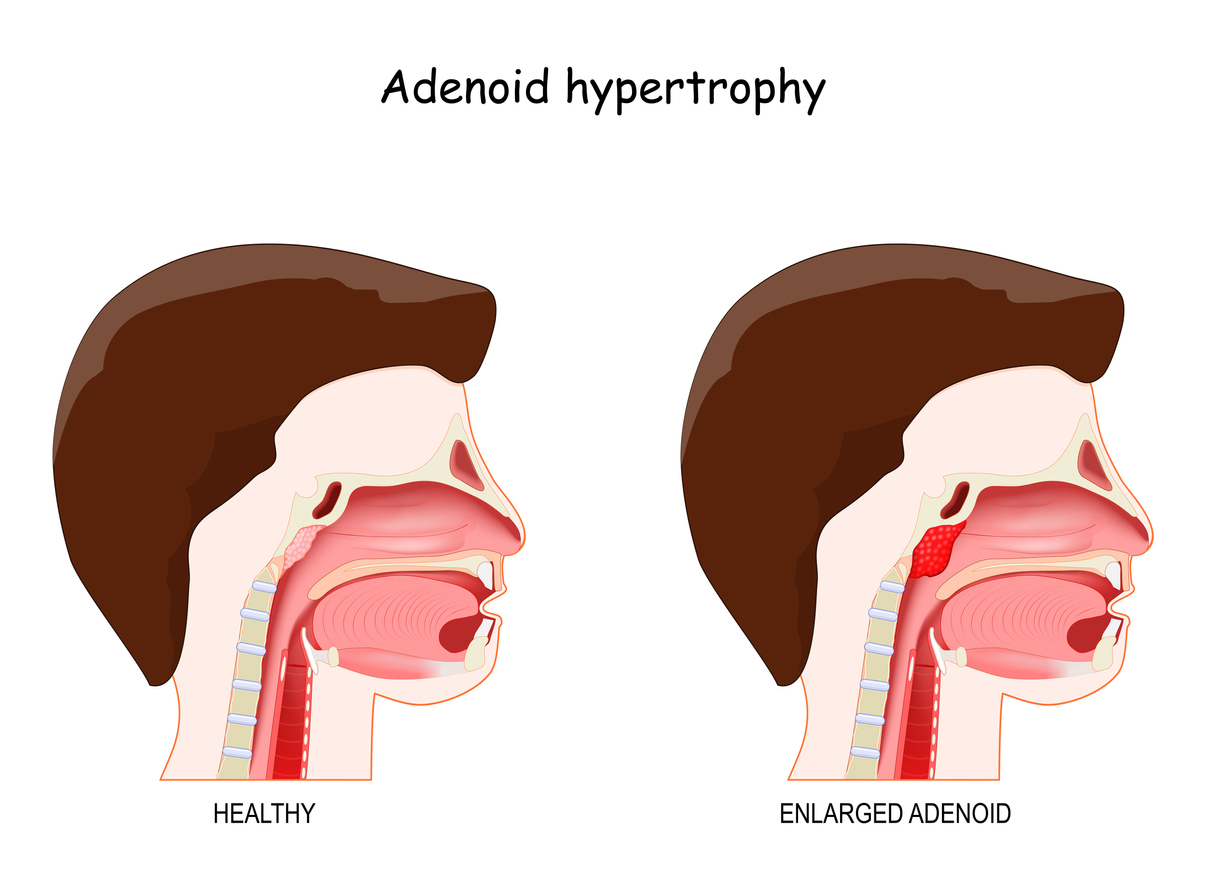What are the Complications of Rhinoplasty-various aspects-
Rhinoplasty (nose surgery) may lead to a range of complications, including bleeding, infection, scarring, and alterations to the nose’s appearance.


Bleeding
Intense bleeding from the surgical site
Minor blood vessels bursting, which results in red spots on the nose
Blood clots under the skin that impede healing
Infection
Infection that might necessitate antibiotics or further surgery
Adverse reaction to sutures, dressings, or antiseptic solutions
Scarring
Keloids and hypertrophic scars that are elevated and thickened
Scarring at the base of the nose
Changes to the nose’s appearance
The nose might appear uneven
The nose could flatten due to a compromised support structure
The nose might display an inverted-V deformity or asymmetry
Other complications
A perforation in the nasal septum (nasal septal perforation)
Discomfort, discoloration, or swelling that may persist
Altered sensation in the nose or upper front teeth
Reduced sense of smell
Challenges breathing through the nose
Management
Refrain from vigorous activities and adhere to your surgeon’s recommendations regarding bleeding management
Promptly seek medical attention if significant bleeding occurs
A subsequent procedure may be necessary to rectify a minor deformity
If Any Patient of ENT Requires Any Surgery, Opd Consultation Or Online Consultation In Clinic of ENT Specialist Doctor Dr. Sagar Rajkuwar ,He May Contact Him At The Following Address-
Prabha ENT Clinic, Plot no 345,Saigram Colony, Opposite Indoline Furniture Ambad Link Road ,Ambad ,1 km From Pathardi Phata Nashik ,422010 ,Maharashtra, India-Dr. Sagar Rajkuwar (MS-ENT), Cell No- 7387590194, 9892596635
Rhinoplasty is considered to have many risks as there may be discrepancies between patient and physician expectations. In addition to postoperative deformities, numerous other risks and complications must also be taken into account. Relation to What are the Complications of Rhinoplasty?
Reduction rhinoplasty, for example, can lead to breathing issues, which have been reported in 70% of all revision rhinoplasty patients. However, one must acknowledge that scars and decreased mucosal sensation can create a sensation of a “blocked nose. ”
The primary risks associated with autogenous transplants include dislocation and resorption, while alloplastic materials can lead to infections and extrusion. In this context, silicone implants may have a complication rate ranging from 5% to 20%. Fewer complications are noted with alternative materials such as Gore-Tex.
Complications related to skin and soft tissues can manifest as atrophy, fibrosis, numbness, cysts resulting from displaced mucosa, or subcutaneous granulomas due to ointment material. Postoperative swelling mainly hinges on the osteotomy technique used. Percutaneous osteotomies result in less trauma but might produce visible scars.-Relation to What are the Complications of Rhinoplasty?
Infections, though uncommon, can occasionally be life-threatening (toxic shock syndrome). The risk is elevated when sinus surgery and rhinoplasty are performed together. Osteotomies may also lead to injuries in the orbital area. Necrosis of eyelids due to infections and blindness from central artery occlusion are documented risks. Various other hazards have been reported, including rhinoliquorrhea, brain injury, fistulas between the sinus cavernosus and carotid artery, aneurysms, and thrombosis of the cavernous sinus. Discoloration of incisors can occur due to damage to nerves and vessels. Rhinoplasty can also result in legal disputes with dissatisfied patients, a scenario often referred to as a “typical complication of rhinoplasty. ” This situation can be mitigated through appropriate patient selection and consideration of psychological issues.
Postoperative deformities are recognized as significant risks of rhinoplasty, necessitating revision surgery in 5% to 15% of cases. Analyzing postoperative deformities facilitates the identification of specific risks. The most common postoperative deformity is the “pollybeak,” which occurs when a deep naso-frontal angle, a cartilaginous hump, and diminished tip projection are present prior to surgery. The pollybeak is an indication in approximately 50% of all revision rhinoplasties. Other frequent postoperative deformities include a pendulous and broad nasal tip, retractions of the columella base, and irregularities of the nasal dorsum. These deformities often occur in combination and are attributed to a loss of septal support. Thus, ensuring the stability of the caudal septum during septorhinoplasty is crucial for achieving predictable outcomes. Preserving the position of the tip and columella is among the primary considerations for preventing typical postoperative deformities.
For Update On Further Important Health Related Topics And Frequently Asked Questions On Health Topics By General Population Please Click On The Link Given Below To Join Our WhatsApp Group –
https://chat.whatsapp.com/Lv3NbcguOBS5ow6X9DpMMA
The likelihood of complications from rhinoplasty can be diminished with increased experience. A fundamental requirement is continued education and a sincere differentiation between complications and mistakes.
1 Complication or mistake? -Relation to What are the Complications of Rhinoplasty?
Rhinoplasty is viewed as a procedure with significant risks, mainly due to the uncertain nature of the aesthetic outcome. What contributes to this uncertainty? An ideal result right after surgery could look entirely different a year later. Long-term outcome reports regarding rhinoplasty are uncommon. The unpredictability largely stems from the various dynamics involved in the healing process. Numerous types of tissues are affected, including bone, cartilage, mucosa, skin, fat, fascia, muscles, nerves, vessels, perichondrium, and periosteum. The individual responses of these tissues can often be beyond the surgeon’s control. This is particularly applicable to cartilage, which serves as the primary supporting element of the nose.
DISCLAIMER-Some patients go to net and directly take treatment from there which can lead to catastrophic consequences-Then- Many people ask then why to read all this text -the reason is that it helps you to understand the pathology better ,you can cooperate with treatment better ,your treating physician is already busy with his patients and he does not have sufficient time to explain you all the things right from ABCD ,so it is always better to have some knowledge of the disease /disorder you are suffering from.
An unfavorable outcome of rhinoplasty is evidently recognizable (“everyone is an expert”). The patient frequently holds the surgeon responsible for this outcome, while the surgeon tends to refer to it as a complication. In essence, both situations can occur and are not easily distinguishable in many cases. Complications arise from the individual response and the healing process. They are beyond the surgeon’s control. In such instances, the physician must detect the complication in a timely manner and respond appropriately. However, some “complications” could actually result from errors in preoperative assessment or surgical planning, in using an inappropriate technique, or in postoperative care [1]. A thorough analysis is crucial for prevention. The primary focuses of this article are postoperative deformities, their incidence, and potential contributing factors. It does not cover the various techniques for revision surgery but instead addresses the types of deformities and their prevention. The risks and complications associated with rhinoplasty are highlighted, and the nasal septum is only discussed if it is a crucial component of the deformity. In addition to these deformities, other risks and complications are presented in the following chapter.
2. 1 Functional disturbances -Relation to What are the Complications of Rhinoplasty?
Certain deformities, such as twisted noses and tension noses, are linked to breathing issues. In these situations, rhinoplasty is recommended to enhance function. Conversely, rhinoplasty may also decrease the cross-sectional area of the nasal airways. Consequently, 10% of patients who undergo primary rhinoplasty report either lingering or new breathing difficulties. Among patients seeking revision rhinoplasty, 70% cite breathing issues as their primary concern, mainly due to remaining septal deviations or nasal vestibular stenosis. Valve issues are frequently the result of the separation between the upper lateral cartilages and the septum, which can be identified through acoustic rhinometry. Deep osteotomies can constrict the airways at the piriform aperture. Excessive resections of alar cartilage can lead to alar collapse and semicircular scars. However, in most cases, rhinoplasty does not worsen breathing function.
If a patient’s report of a congested nose cannot be clarified through inspection or measurement, a reduction in mucosal sensitivity must be considered. The sensation of warm and cold air during breathing is crucial for recognizing a properly functioning nose. The loss of sensitivity due to surgical scars can create the illusion of a blocked nasal passage. Additional surgical procedures, such as turbinate resections or expanding the nasal vestibule, do not alleviate the problem and may even exacerbate it.
What are the disadvantages of nose jobs? -Relation to What are the Complications of Rhinoplasty?
Rhinoplasty surgery hazards consist of:
Risks associated with anesthesia.
Alteration in skin sensation (numbness or discomfort)
Challenges in breathing.
Infectious complications.
Nasal septal perforation (a perforation in the nasal septum) is uncommon.
Subpar wound healing or scarring.
Chance of needing additional surgery.
Skin discoloration and swelling.
FOR INFORMATION IN GREAT DETAIL ON What Is The Best Age For Rhinoplasty PL CLICK ON THE LINK GIVEN BELOW-It Is Always Better To View Links From Laptop/Desktop Rather Than Mobile Phone As They May Not Be Seen From Mobile Phone. ,In Case Of Technical Difficulties You Need To Copy Paste This Link In Google Search. In Case If You Are Viewing This Blog From Mobile Phone You Need To Click On The Three Dots On The Right Upper Corner Of Your Mobile Screen And ENABLE DESKTOP VERSION.
FOR INFORMATION IN GREAT DETAIL ON How Long Does Rhinoplasty Last? PL CLICK ON THE LINK GIVEN BELOW-It Is Always Better To View Links From Laptop/Desktop Rather Than Mobile Phone As They May Not Be Seen From Mobile Phone. ,In Case Of Technical Difficulties You Need To Copy Paste This Link In Google Search. In Case If You Are Viewing This Blog From Mobile Phone You Need To Click On The Three Dots On The Right Upper Corner Of Your Mobile Screen And ENABLE DESKTOP VERSION.
FOR INFORMATION IN GREAT DETAIL ON Rhinoplasty surgery PL CLICK ON THE LINK GIVEN BELOW-It Is Always Better To View Links From Laptop/Desktop Rather Than Mobile Phone As They May Not Be Seen From Mobile Phone. ,In Case Of Technical Difficulties You Need To Copy Paste This Link In Google Search. In Case If You Are Viewing This Blog From Mobile Phone You Need To Click On The Three Dots On The Right Upper Corner Of Your Mobile Screen And ENABLE DESKTOP VERSION.
FOR INFORMATION IN GREAT DETAIL ON Septoplasty vs Rhinoplasty PL CLICK ON THE LINK GIVEN BELOW-It Is Always Better To View Links From Laptop/Desktop Rather Than Mobile Phone As They May Not Be Seen From Mobile Phone. ,In Case Of Technical Difficulties You Need To Copy Paste This Link In Google Search. In Case If You Are Viewing This Blog From Mobile Phone You Need To Click On The Three Dots On The Right Upper Corner Of Your Mobile Screen And ENABLE DESKTOP VERSION.
A nose job, often referred to as rhinoplasty, is a surgical procedure that can be performed for cosmetic, functional, or both purposes. The goal is to alter the nose’s shape. By changing the nose’s size, form, or proportions, it may be used to address issues like nasal blockage or respiratory difficulties, as well as to enhance its appearance. Open rhinoplasty involves a little incision at the base of the nose, while closed rhinoplasty involves incisions made within the nostrils.
What does rhinoplasty include? -Relation to What are the Complications of Rhinoplasty?
Consultation and Evaluation:
It’s important to have a comprehensive consultation with a plastic surgeon to go over your aims, evaluate the anatomy of your nose, and figure out the most course of action.
Anesthesia:
In most cases, rhinoplasty is done using general anesthesia or local anesthesia with sedation.
Method of Surgery:
- Closed Rhinoplasty: The bone and cartilage are accessed and reshaped through incisions made inside the nostrils.
- Open Rhinoplasty: The underlying structures are accessed by making an incision across the columella, which is the band of tissue that lies between the nostrils.
Reshaping:
By removing, adding, or rearranging tissue, the surgeon will modify the bone and cartilage to achieve the desired result.
Healing and Assistance:
The nose may be supported throughout the healing period with splints, tapes, or packing.
Recuperation:
Managing swelling, bruising, and pain is part of the recovery process.
The Rationale for Rhinoplasty -Relation to What are the Complications of Rhinoplasty?
Aesthetic:
Altering the size, shape, or profile of the nose to improve facial harmony and balance.
Practical:
To address breathing difficulties brought on by structural problems such as a deviated septum.
Together:
Some people choose rhinoplasty in order to treat functional and cosmetic issues.
Essential Factors to Consider:
- Realistic Expectations: It is crucial to maintain realistic expectations for the outcomes of rhinoplasty.
- Good General Health: To reduce hazards, patients should be in good physical condition.
- Smoking Cessation: Smoking can impair wound healing and should be avoided both before and after surgery.
- Healing Time: Following the surgeon’s post-operative instructions is crucial since recovery might take many months.
What does Rhinoplasty entail?
Rhinoplasty, often referred to as a “nose job,” is a common choice for people who are dissatisfied with the size or form of their nose. Rhinoplasty has advanced to have far more flexible uses, such as enhancing nasal function following a traumatic accident or illness, or treating respiratory issues that impair sleep and exercise capacity, in addition to the procedure’s widely recognized cosmetic advantages.
The aim of rhinoplasty is to modify the nose to the patient’s desired form and function, taking into account the skin type and overall facial structure. To provide patients with successful, long-lasting outcomes, our plastic surgeons mix the science and art of rhinoplasty.
Information regarding Rhinoplasty -Relation to What are the Complications of Rhinoplasty?
- As a general rule, individuals seeking rhinoplasty should have reached their full development. For instance, the appearance and function of the nose might change over time due to facial development in adolescents and young adults. Children with facial birth defects, like cleft palate, would be the exception.
- Furthermore, patients shouldn’t smoke since it might impair blood flow and raise the chance of tissue injury. They should also be in excellent general condition.
- Teens who comprehend the process and have complete parental permission may undergo rhinoplasty. Ideally, girls should be at least 15 or 16 years old before undergoing a procedure; males should be at least 17 or 18. This operation, when combined with a septoplasty (straightening of the septum), can enhance not only a patient’s self-assurance but also their ability to breathe.
What occurs prior to the Rhinoplasty?
Before performing a rhinoplasty, the surgeon must make sure the patient is aware of the procedure, as well as its dangers and advantages. It is essential that the nose operation be performed by a professional, even if rhinoplasty is a low-risk surgery. Prior to surgery at UT Southwestern, we utilize 3D imaging to demonstrate to patients how their nose could look after the procedure. The plastic surgeon can print models of the nose as it appears prior to rhinoplasty surgery, as well as the anticipated outcome of the procedure. The outcomes cannot be assured since this is an instructional resource. However, it can improve communication between patients and the plastic surgery team about the goals of the nose job procedure. The capacity to picture the expected outcomes also helps patients feel more at ease before undergoing surgery, we’ve discovered. Additionally, we can provide 3D print models that illustrate the effects of our treatment both before and after.
The treatment may involve removing the nasal hump, reshaping the tip of the nose, altering the size or shape of the nostrils, or changing the overall size and projection of the nose if the aims of rhinoplasty include enhancing breathing as well as appearance.
The nasal septum of the patient is frequently used to obtain extra cartilage if the nose needs to be augmented. This cartilage may be taken from the ear or rib during secondary or revision rhinoplasty, which is performed to fix deformities brought on by a prior operation. However, occasionally authorized cadaver cartilage may be used. It’s crucial that revision rhinoplasty be carried out by a plastic surgeon with a high level of expertise since it’s a more complex procedure to perform due to the cartilage requirements and risk of scarring.
What is the duration of a Rhinoplasty procedure? -Relation to What are the Complications of Rhinoplasty?
The majority of rhinoplasty operations are outpatient procedures that last between 1.5 and 3 hours. “Closed rhinoplasty” involves making incisions inside the nostrils, a procedure that has a restricted capacity for change. A cut is made in “open rhinoplasty” both inside the nostrils and through the tissue between them. The incisions heal extremely well and are almost imperceptible.
Liquid Rhinoplasty: A non-surgical option
Non-surgical rhinoplasty, also known as liquid rhinoplasty, is a sequence of in-office procedures carried out while the patient is awake. The shape and size of the nose are changed with injectable hyaluronic acid fillers without the need for invasive surgery.
What happens after getting a rhinoplasty?
The majority of individuals undergoing rhinoplasty surgery have mild to moderate pain that can be managed with medication. But because of the possibility of bruising under the eyes and the use of a splint, the first few days of the rehabilitation phase might be a little uncomfortable both at work and in social situations. Following rhinoplasty, patients should expect to wear splints on the inside and outside of their nose for around a week to safeguard the nasal bones and cartilage. Furthermore, for four to five weeks, patients should refrain from wearing glasses and should refrain from engaging in demanding activities like jogging or swimming for two to three weeks.
If Any Patient of ENT Requires Any Surgery, Opd Consultation Or Online Consultation In Clinic of ENT Specialist Doctor Dr. Sagar Rajkuwar ,He May Contact Him At The Following Address-
Prabha ENT Clinic, Plot no 345,Saigram Colony, Opposite Indoline Furniture Ambad Link Road ,Ambad ,1 km From Pathardi Phata Nashik ,422010 ,Maharashtra, India-Dr. Sagar Rajkuwar (MS-ENT), Cell No- 7387590194 , 9892596635
Issued in public interest by –






